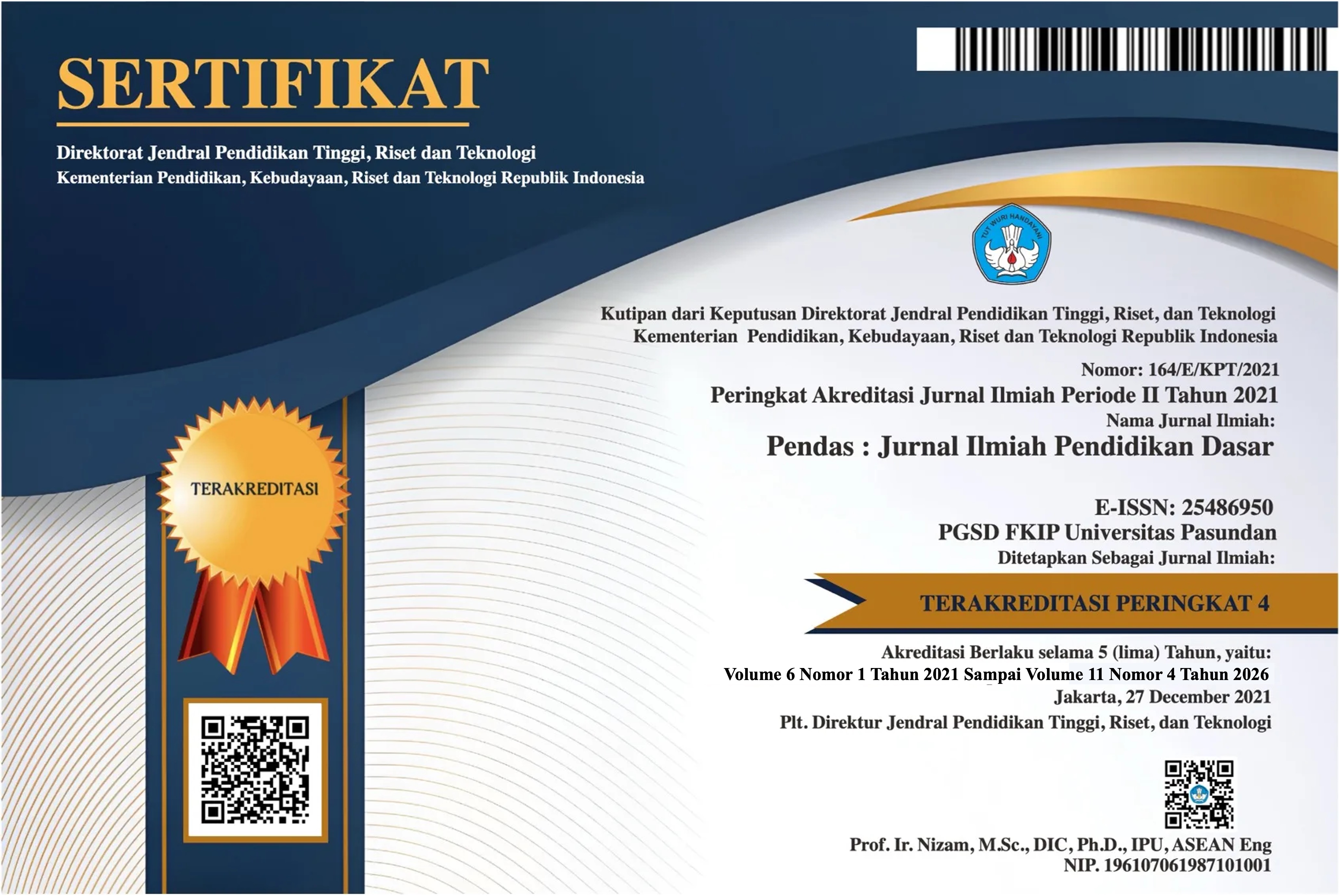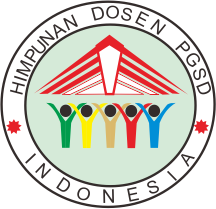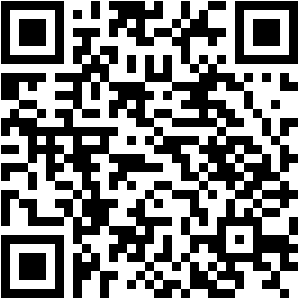PERAN GURU DALAM PENCEGAHAN BULLYING DI LINGKUNGAN SEKOLAH MI NWDI 05 PANCOR
DOI:
https://doi.org/10.23969/jp.v10i04.35956Keywords:
teacher’s role, bullying prevention, elementary madrasah, verbal bullying.Abstract
Bullying is a serious problem in educational settings that disrupts students’ psychological development and the school learning climate. Teachers play a crucial role in preventing such aggressive behavior. This study aims to describe teachers’ roles in preventing bullying and to identify the forms of bullying occurring at MI NWDI 05 Pancor. Using a qualitative descriptive approach, data were collected from the principal, islamic teacher and homeroom teachers (grades 3A, 4A, and 6B) through interviews, observation, and documentation. The data were analyzed through reduction, presentation, and conclusion drawing. The findings indicate that the dominant forms of bullying include verbal bullying (mocking physical appearance and parents’ names), mild physical bullying (hitting and seizing belongings), and social bullying (exclusion). Teachers perform three main functions: (1) as educators and instructors who integrate anti-bullying values into lessons; (2) as guides and mediators who resolve student conflicts; and (3) as caregivers providing emotional support and counseling to victims. Although teachers have taken individual actions, the school lacks a formal anti-bullying program. Therefore, stronger collaboration among teachers, school leaders, and parents is needed to establish a safe, inclusive, and bullying-free school environment.
Bullying is a serious problem in educational settings that disrupts students’ psychological development and the school learning climate. Teachers play a crucial role in preventing such aggressive behavior. This study aims to describe teachers’ roles in preventing bullying and to identify the forms of bullying occurring at MI NWDI 05 Pancor. Using a qualitative descriptive approach, data were collected from the principal, islamic teacher and homeroom teachers (grades 3A, 4A, and 6B) through interviews, observation, and documentation. The data were analyzed through reduction, presentation, and conclusion drawing. The findings indicate that the dominant forms of bullying include verbal bullying (mocking physical appearance and parents’ names), mild physical bullying (hitting and seizing belongings), and social bullying (exclusion). Teachers perform three main functions: (1) as educators and instructors who integrate anti-bullying values into lessons; (2) as guides and mediators who resolve student conflicts; and (3) as caregivers providing emotional support and counseling to victims. Although teachers have taken individual actions, the school lacks a formal anti-bullying program. Therefore, stronger collaboration among teachers, school leaders, and parents is needed to establish a safe, inclusive, and bullying-free school environment.
Downloads
References
Andryawan, C., Laurencia, M. P., & Putri, M. P. T. (2023). Peran Guru dalam Mencegah dan Mengatasi Terjadinya Perundungan (Bullying) di Lingkungan Sekolah. INNOVATIVE: Journal of Social Science Research, 3(6), 1–14.
Choiriyah, S., dkk. (2024). Peran Guru dalam Pencegahan Bullying di Sekolah. Journal Education: Jurnal Manajemen Pendidikan, 1(2), 115–120.
Creswell, J. W., & Poth, C. N. (2018). Qualitative Inquiry and Research Design: Choosing Among Five Approaches. SAGE Publications.
Hidayat, R., & Abdillah. (2019). Ilmu Pendidikan: Konsep, Teori dan Aplikasinya. Medan: LPPPI.
Lubis, Z. (2025, Juli 8). Tafsir Refleksi Larangan Bullying dalam Al-Qur’an. NU Online. https://islam.nu.or.id
Kemendikbudristek RI. (2023). Peraturan Menteri Pendidikan, Kebudayaan, Riset, dan Teknologi Nomor 46 Tahun 2023 tentang Pencegahan dan Penanganan Kekerasan di Lingkungan Satuan Pendidikan. Jakarta: Kemendikbudristek.
Kusumasari, K. H. D., dkk. (2019). Bullying di Sekolah: Pengertian, Dampak, Pembagian dan Cara Menanggulanginya. Jurnal Ilmu Pendidikan, 17(1), 56–57.
Miles, M. B., Huberman, A. M., & Saldana, J. (2014). Qualitative Data Analysis: A Methods Sourcebook. SAGE Publications.
Moleong, L. J. (2021). Metodologi Penelitian Kualitatif. Bandung: Remaja Rosdakarya.
Oktaviani, D., & Ramadan, Z. H. (2023). Analisis Dampak Bullying terhadap Psikologi Siswa Sekolah Dasar. Jurnal Education, 9(3), 1245–1246.
Sugiyono. (2022). Metode Penelitian Kualitatif, Kuantitatif, dan R&D. Bandung: Alfabeta.
Swastika, J. U. (2024). Pengalaman Bullying dalam Tinjauan Aktivitas Kehidupan Sekolah di SDN Desa Tanjung Luar. Indonesian Society and Religion Research Journal, 1(1), 56–66.
Yunidar, dkk. (2024). Solusi Efektif Cegah dan Tangani Perundungan di Sekolah. Bandung: Kaizen Media Publishing.
Downloads
Published
Issue
Section
License
Copyright (c) 2025 Pendas : Jurnal Ilmiah Pendidikan Dasar

This work is licensed under a Creative Commons Attribution 4.0 International License.


















